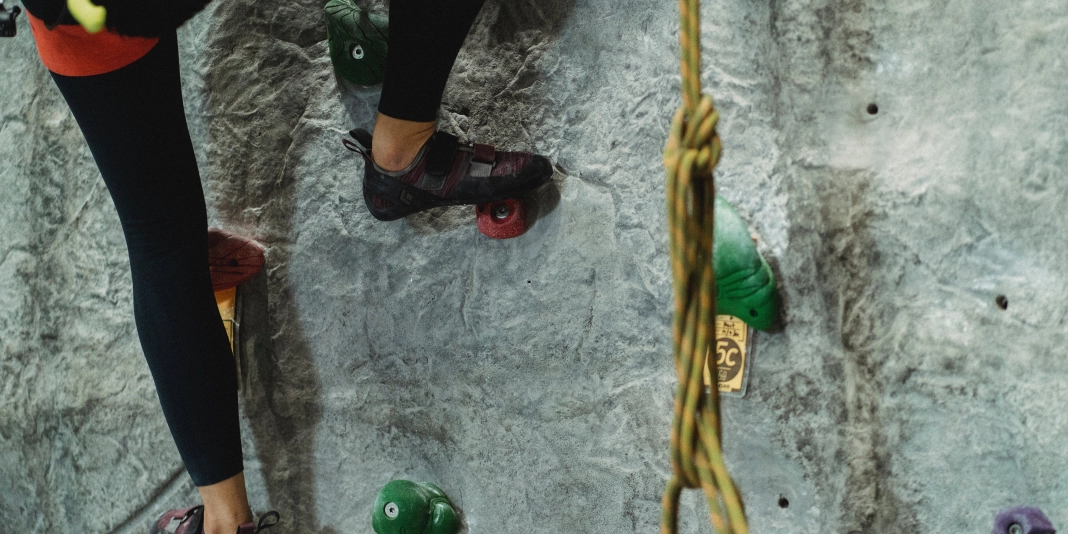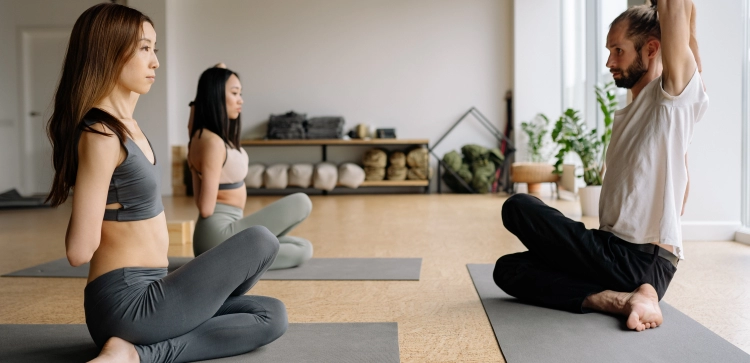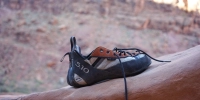How Can You Improve Footwork For Better Balance?

- Why Is Footwork Crucial For Climbing Balance And Efficiency?
- What Are Some Common Footwork Mistakes Climbers Make, And How Can They Be Corrected?
- Can You Provide Tips For Finding And Utilizing Footholds Effectively?
- Are There Specific Drills And Exercises To Improve Footwork And Balance?
- How Can Climbers Maintain And Continually Enhance Their Footwork Skills?
- Conclusion
- Community Questions · 2
Why Is Footwork Crucial for Climbing Balance and Efficiency?
Climbing, in many ways, is a dance with the rock. And at the heart of this dance is your footwork. Proper footwork not only helps you maintain balance on the wall but also conserves energy and allows for more efficient movement. So, how can you enhance your footwork to become a more graceful and balanced climber?
The Foundation of Climbing
A Solid Base
-
Balance: Your feet serve as your foundation on the wall. Proper foot placement is essential for maintaining balance and preventing falls.
-
Energy Conservation: Efficient footwork reduces the strain on your upper body, helping you conserve energy for more challenging moves.
-
Precision: Climbing often demands precise foot placement, especially on small holds and edges.
What Are Some Common Footwork Mistakes Climbers Make, and How Can They Be Corrected?
Even experienced climbers can make footwork mistakes that hinder their progress. Identifying and rectifying these errors is a crucial step toward improvement.
Common Footwork Mistakes - Missteps and Corrections
-
Over-Edging: Placing too much weight on the edges of your climbing shoes can lead to unnecessary strain. Focus on smearing or utilizing the full surface of your shoe when possible.
-
Missing Holds: Failing to spot or use available footholds can result in missed opportunities for balance and stability. Develop a keen eye for footholds.
-
Foot Swapping: Frequent and unnecessary foot swapping can waste energy. Plan your sequences to minimize unnecessary foot movements.
Can You Provide Tips for Finding and Utilizing Footholds Effectively?
The ability to identify and utilize footholds effectively is a skill that separates accomplished climbers from beginners.
Navigating Footholds - Strategic Placement
-
Scanning Holds: Before making a move, scan the wall for potential footholds. Don't rush; take a moment to plan your foot placements.
-
Flagging: Use flagging techniques to maintain balance when a foothold is scarce or distant. This involves extending a leg to counterbalance your body's position.
-
Quiet Feet: Practice climbing with "quiet feet." Minimize the noise your feet make by placing them gently on holds, which can help with precision and balance.
Are There Specific Drills and Exercises to Improve Footwork and Balance?
Improving footwork and balance requires deliberate practice. Here are some drills and exercises to help you hone these skills.
Footwork Drills - Balancing Acts
-
Silent Climbing: Attempt to climb a route without making any noise with your feet. This encourages precise and deliberate foot placements.
-
Flagging Practice: Choose a route with challenging balance moves and focus on flagging techniques. Flagging is essential for maintaining balance on precarious holds.
-
Blindfold Climbing: Climbing blindfolded or with your eyes closed can enhance your reliance on touch and feel for footholds, improving overall footwork.
How Can Climbers Maintain and Continually Enhance Their Footwork Skills?
Footwork improvement is an ongoing process. Maintaining and continually enhancing your skills involves a mindset of continuous learning and practice.
A Lifelong Journey - Dedicated Learning
-
Climbing Styles: Explore various climbing styles and types of rock. Different terrains and challenges will expand your footwork repertoire.
-
Feedback: Seek feedback from more experienced climbers or coaches. They can provide valuable insights into areas where you can improve.
-
Mindfulness: Climbing with mindfulness and intention helps you stay focused on your foot placements and balance.
Conclusion
Better footwork leads to better climbing. It's as simple as that. Whether you're a beginner or an experienced climber, there's always room for improvement in your footwork and balance.
By understanding the importance of footwork, identifying common mistakes, and practicing techniques and drills to enhance your skills, you can become a more efficient and graceful climber. Climbing is not just about reaching the top; it's about the journey and the mastery of the dance with the rock.
So, lace up your climbing shoes, head to the gym or the crag, and make footwork a focal point of your climbing training. The rewards will be felt not only in your balance and efficiency but also in the sheer joy of moving confidently on the wall.












